This section delves into the intricacies of AI automation by exploring its fundamental building blocks, ranging from the pivotal aspects of AI training and foundation models to the critical considerations of security, compliance, architecture, and the invaluable role of AI coding assistants.
AI Model Training
The AI model training process encompasses several crucial steps, beginning with data collection and preparation. Data is systematically gathered, cleansed, and curated, ensuring its quality and relevance. Subsequently, algorithms are carefully selected based on factors like accuracy and complexity, shaping how the model processes data. The training and validation phases follow, allowing the model to learn patterns iteratively and undergo evaluations to enhance accuracy.
For example, fine-tuning and hyperparameter optimization refine the model's performance, specializing it for specific tasks. Evaluation and testing involve exposing the model to separate datasets to assess accuracy, identifying strengths and weaknesses for necessary adjustments. This comprehensive training process ensures AI models continuously learn, adapt, and excel in various applications, contributing to advancements in different industries like healthcare, finance, and transportation.
Figure 2: AI model training process
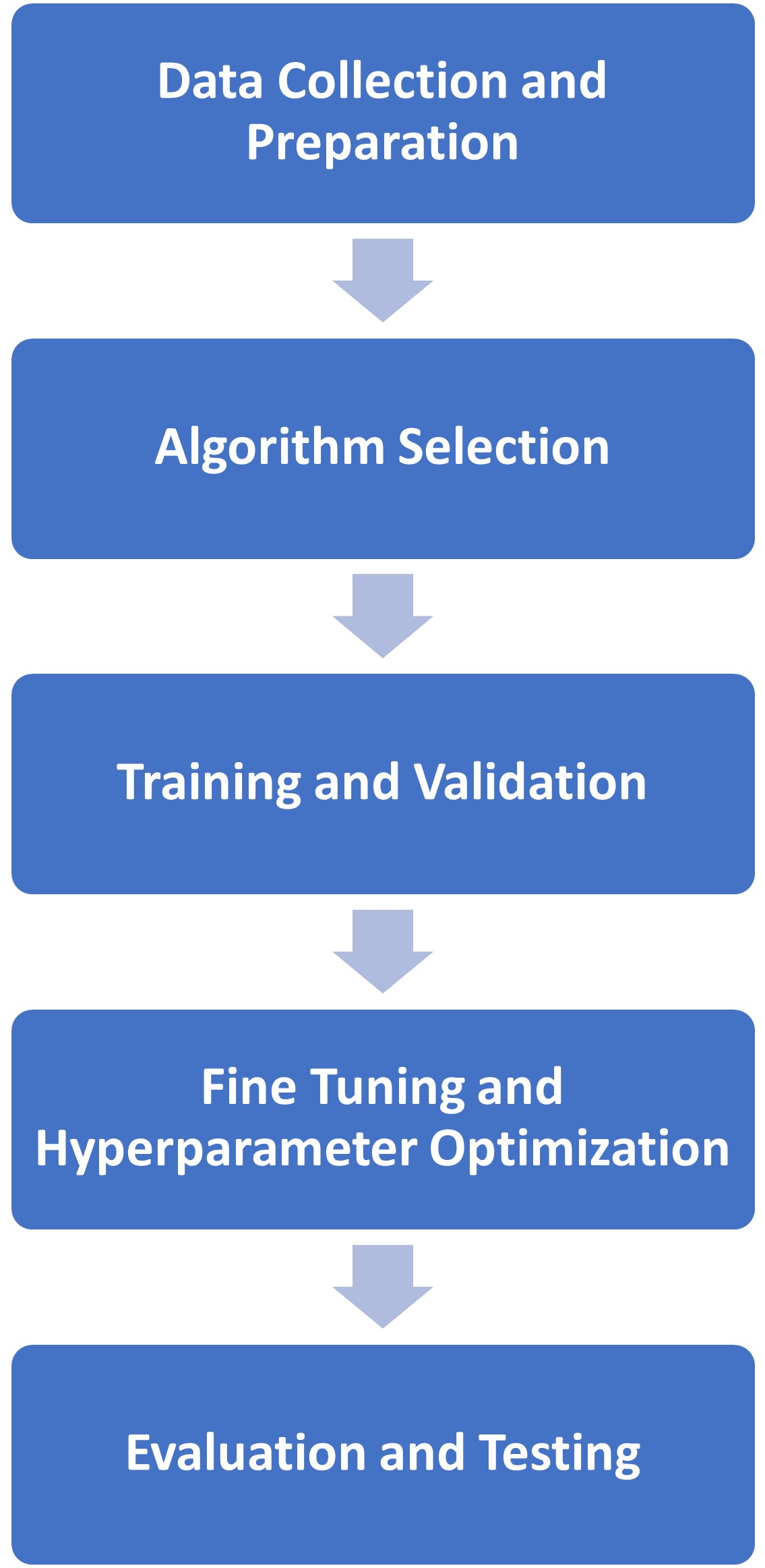
Importance of Training Data Duality and Diversity
The quality and diversity of AI training data plays a pivotal role in the effectiveness and fairness of machine learning models. AI training data serves as the foundation for teaching ML algorithms to recognize patterns and make predictions. Whether it's images, audio, text, or structured data, each example in the training dataset is associated with an output label that guides the algorithm's learning process. The accuracy and generalization ability of ML models heavily depend on the quality and diversity of the training data.
Consider an AI system trained to recognize facial expressions but only on a dataset featuring a specific demographic group. Such a model may struggle to accurately interpret expressions from other demographics, leading to biased or incomplete predictions. To illustrate, imagine a scenario where a healthcare AI system trained primarily on data from a certain ethnic group might struggle to provide accurate diagnostic predictions for individuals from different ethnic backgrounds. Hence, the careful selection and preprocessing of training data to ensure representation across diverse demographics are essential to building robust and unbiased AI models.
Furthermore, the risk of AI bias, which can result in unfair or discriminatory outcomes, can be mitigated by incorporating diverse and representative training data and employing unbiased labeling processes. This underscores the importance of meticulous curation and validation of training datasets to foster fairness, accuracy, and inclusivity in AI applications.
Foundation Models
The concept of foundation models (FMs) has emerged as a pivotal advancement, reshaping the field of AI. Unlike traditional AI systems that are specialized tools for specific applications, FMs (also known as base models) have gained prominence due to two notable trends in machine learning. Firstly, a select number of deep learning architectures have demonstrated the ability to achieve diverse results across a wide range of tasks. Secondly, there is recognition that AI models, during their training, can give rise to new and unforeseen concepts beyond their original intended purposes.
FMs are pre-trained with a general contextual understanding of patterns, structures, and representations, creating a baseline of knowledge that can be fine-tuned for domain-specific tasks across various industries. These models leverage transfer learning, allowing them to apply knowledge from one situation to another, build upon it, and scale, enabled by graphics processing units (GPUs) for efficient parallel processing.
Deep learning (particularly in the form of transformers) has played a significant role in the development of foundation models, enhancing their capabilities in NLP, computer vision, and audio processing. Transformers (as a type of artificial neural network) enable foundation models to capture contextual relationships and dependencies, contributing to their effectiveness in understanding and processing complex data sequences.
Figure 3: Foundation model
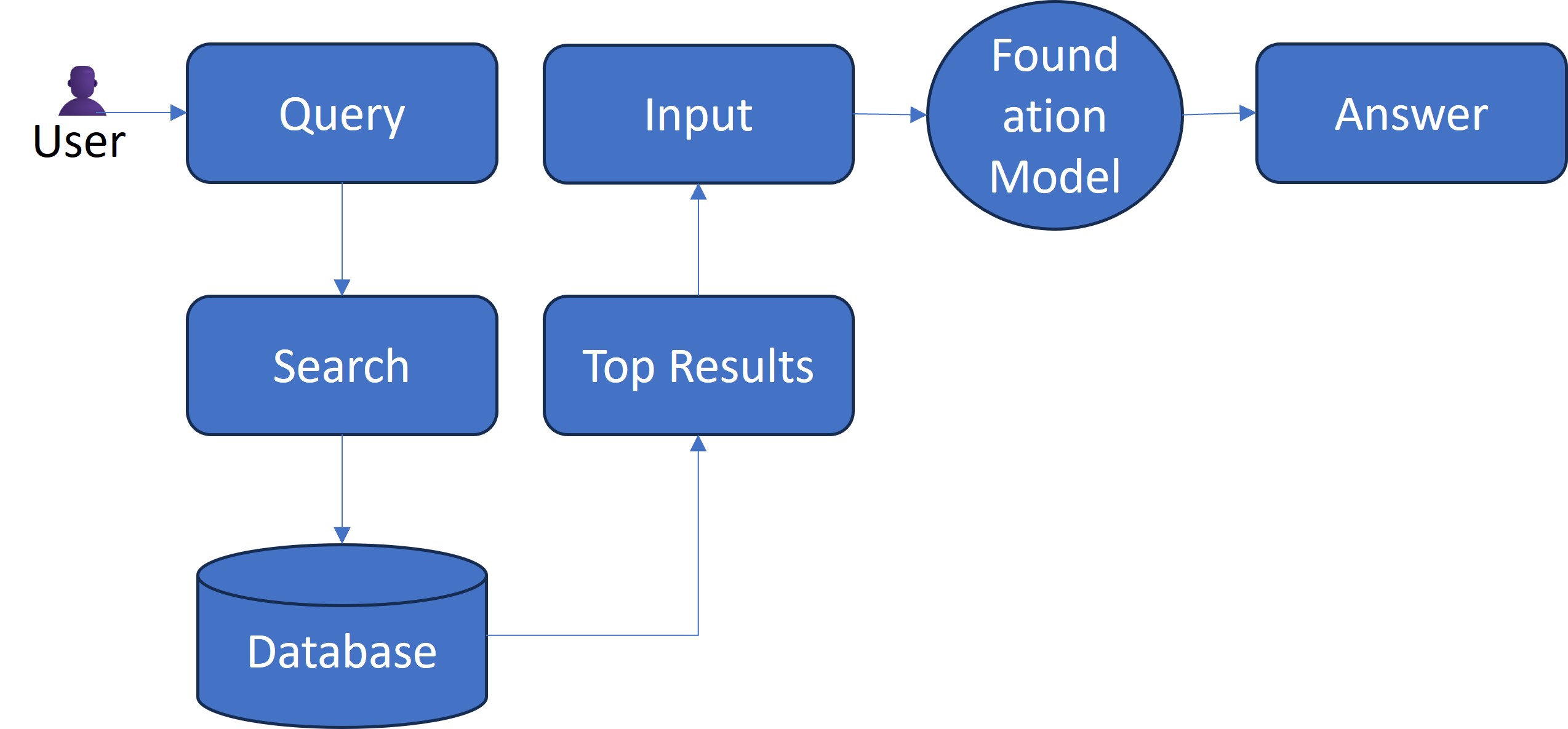
Table 1: Benefits of using foundation models
| Benefits |
Description |
Accessibility |
FMs offer accessible and sophisticated AI automation, bridging resource gaps. They provide a model built on data not typically available to most organizations, offering an advanced starting point for AI initiatives. |
Enhanced model performance |
FMs establish a baseline accuracy that surpasses what organizations might achieve independently, reducing the months or years of effort required. This inherent accuracy serves as a robust foundation, facilitating subsequent fine-tuning efforts to achieve tailored results in AI automation applications. |
Efficient time to value |
Training ML models is time-intensive. With pre-training, FMs significantly reduce the time to value by providing a baseline. Organizations can then fine-tune these models for specific outcomes, accelerating the deployment of bespoke AI solutions. |
Utilization of limited talent |
FMs enable organizations to leverage AI/ML without extensive investments in data science resources. This addresses the challenge of limited talent, allowing companies to make effective use of advanced AI capabilities without a significant increase in data science personnel. |
Cost-effective expense management |
The use of FMs minimizes the need for expensive hardware during initial training, offering a cost-effective approach. While there are costs associated with serving and fine-tuning the final model, they are significantly lower compared to the expenses incurred in training the foundation model itself. |
Table 2: Challenges of the foundation model
| Challenges |
DESCRIPTION |
Resource-intensive development |
Developing FMs demands significant resources, particularly in the initial training phase, requiring vast amounts of generic data, tens of thousands of GPUs, and a skilled team of ML engineers and data scientists. This poses a challenge in terms of cost and accessibility for organizations adopting foundation models in AI automation. |
Interpretability concerns |
The "black box" nature of foundation models, where the neural network's workings are not transparent, poses interpretability challenges. In high-stakes decision-making (e.g., healthcare, finance), the inability to explain model outputs can have harmful consequences. This concern extends beyond foundation models to any neural-network-based model. |
Privacy and security risks |
FMs require access to substantial information, including potentially sensitive customer and proprietary business data. When deployed or accessed by third-party providers, organizations need to exercise caution to manage privacy and security risks effectively in AI automation scenarios. |
Accuracy and bias mitigation |
Deep learning models, including FMs, face accuracy and bias challenges. If trained on statistically biased data, these models may produce flawed outputs, introducing risks of discriminatory algorithms. Strategies such as inclusive design processes and thoughtful consideration of data diversity are essential to minimize bias and ensure accurate AI automation outcomes. |
Security and Compliance in AI Automation
As AI technologies continue to reshape industries, understanding and addressing the security and compliance challenges inherent to automation becomes paramount for fostering trust, mitigating risks, and stimulating the sustainable growth of intelligent systems. Regulatory frameworks are essential to govern the development, deployment, and operation of AI systems, ensuring compliance with existing laws and standards. Ethical considerations, on the other hand, address the responsible and fair use of AI, encompassing transparency, accountability, and the mitigation of biases in algorithmic decision-making.
Striking a balance between innovation and compliance requires careful examination of data privacy, security, and the potential societal implications of AI applications. The development of robust governance models, informed by ethical principles, is crucial to fostering public trust and addressing concerns related to bias, discrimination, and unintended consequences in AI automation.
Compliance Strategies
The implementation of robust compliance strategies is imperative for ethical and lawful practices. Key best practices include:
- Staying abreast of regulations
- Conducting ethical impact assessments
- Prioritizing transparency
- Addressing fairness and bias mitigation
- Adopting a privacy-by-design approach
- Ensuring data governance and quality
- Incorporating human oversight
- Implementing security measures
- Maintaining documentation and auditing
- Providing employee training
- Collaborating with stakeholders
- Continuously monitoring and improving compliance processes
Leveraging technology, especially advanced algorithms, and ML can significantly enhance AI regulatory compliance. This integration empowers organizations with real-time monitoring, analysis of vast datasets, proactive risk identification, and automatic updates to internal processes. By embracing these strategies, businesses can not only navigate regulatory measures effectively but also foster responsible and transparent AI automation practices.
Data Security Strategies
As the integration of AI becomes increasingly prevalent, implementing robust data security strategies is paramount. Table 3 delves into the critical considerations and proactive measures necessary to safeguard sensitive information, ensuring the resilience and trustworthiness of intelligent systems.
Table 3: Data security strategies in AI solutions
| Security Measures |
Description |
Privacy-embedded design |
Solution integrates privacy measures from the start, with core design elements focused on data protection practices (e.g., encryption, access control). Validate the solution provider's commitment to security policies. |
Customization for industry-specific security |
Solution is adaptable to specific industry data security needs, tailoring measures to address unique requirements, such as heightened security for financial fraud prevention in banking and finance. |
Scheduled data removal and minimal storage |
Solution allows regular data deletion and minimizes customer data storage, reducing susceptibility to data breaches and cyber threats. |
Masking and anonymization of sensitive data |
Solution effectively obscures and anonymizes sensitive customer data during training and other processes, adding an extra layer of protection in the event of unauthorized access. |
Enhanced access management |
Solution offers robust access control mechanisms, encompassing role-based access and multi-factor authentication to limit data access to authorized personnel only. |
Regular security audits and penetration testing |
Solution supports periodic security audits and penetration testing to pinpoint vulnerabilities and proactively mitigate risks, with a proven track record of successful security assessments. |
Regionalized data storage and controlled transfer |
Solution enables regionalized data storage and controlled transfer, which is particularly beneficial for businesses operating across multiple regions, strengthening defenses against data breaches and cyber threats. |
AI Automation Architecture
The AI automation architecture suite represents a comprehensive framework that intricately combines advanced algorithms, ML models, and efficient workflow orchestration, providing a structured and scalable foundation for organizations to seamlessly integrate and optimize AI technologies in diverse business processes.
AI Software Development Lifecycle
The AI software development lifecycle (SDLC) is a dynamic and iterative process that navigates the creation and evolution of AI applications, encompassing strategic planning, robust algorithm design, meticulous testing, and continual refinement to harness the full potential of cutting-edge technologies.
Here is the AI software development lifecycle broken down into steps:
- Problem identification – Choose a scale-appropriate problem and involve frontline personnel for meaningful AI application development.
- Automation scope – Identify tasks for AI automation to unlock opportunities while retaining the value of skilled human resources.
- Data set planning – Collect, secure, transform, aggregate, label, and optimize datasets for AI/ML algorithm learning.
- AI capabilities identification – Define required AI capabilities, including ML, NLP, expert systems, vision, and speech.
- SDLC model selection – Agree on an SDLC model with these phases: Requirements analysis, Design, Development, Testing, and Deployment.
- Requirements analysis – Consider customer empathy, experiments, modular AI components, and bias avoidance during business analysis.
- Software design – Leverage AI development platforms for ML, NLP, expert systems, automation, vision, and speech, along with robust cloud infrastructure.
- Development – Refer to platform-specific documentation for AI development.
- Testing – Address complexities of large test data, human biases, regulatory compliance, security, and system integration for effective AI and ML testing.
- Deployment – Implement a robust internal handoff between IT operations and development teams for organization-wide access to the AI/ML solution.
- Maintenance – Provide post-deployment support, warranty support, and long-term maintenance for sustained AI functionality.
Cloud-Native Architectural Considerations
Cloud-native architectural considerations for AI automation involve embracing a design structure tailored for the characteristics of cloud environments. This approach leverages cloud services efficiently, emphasizing modularity through microservices, containers, immutable infrastructure, and service meshes.
Microservices break down applications into independent, standalone services, enhancing flexibility and scalability. Containers ensure consistent deployment across various environments, fostering portability. Immutable infrastructure emphasizes the principle of not modifying existing infrastructure components, facilitating reliability. Service meshes enable efficient communication between microservices.
Additionally, automation plays a crucial role in managing the dynamic and scalable nature of cloud-native architectures. This paradigm shift from monolithic designs to cloud-native architecture optimizes development, scalability, and deployment, aligning with the core tenets of cloud infrastructure.
Figure 4: Cloud-native infrastructure overview
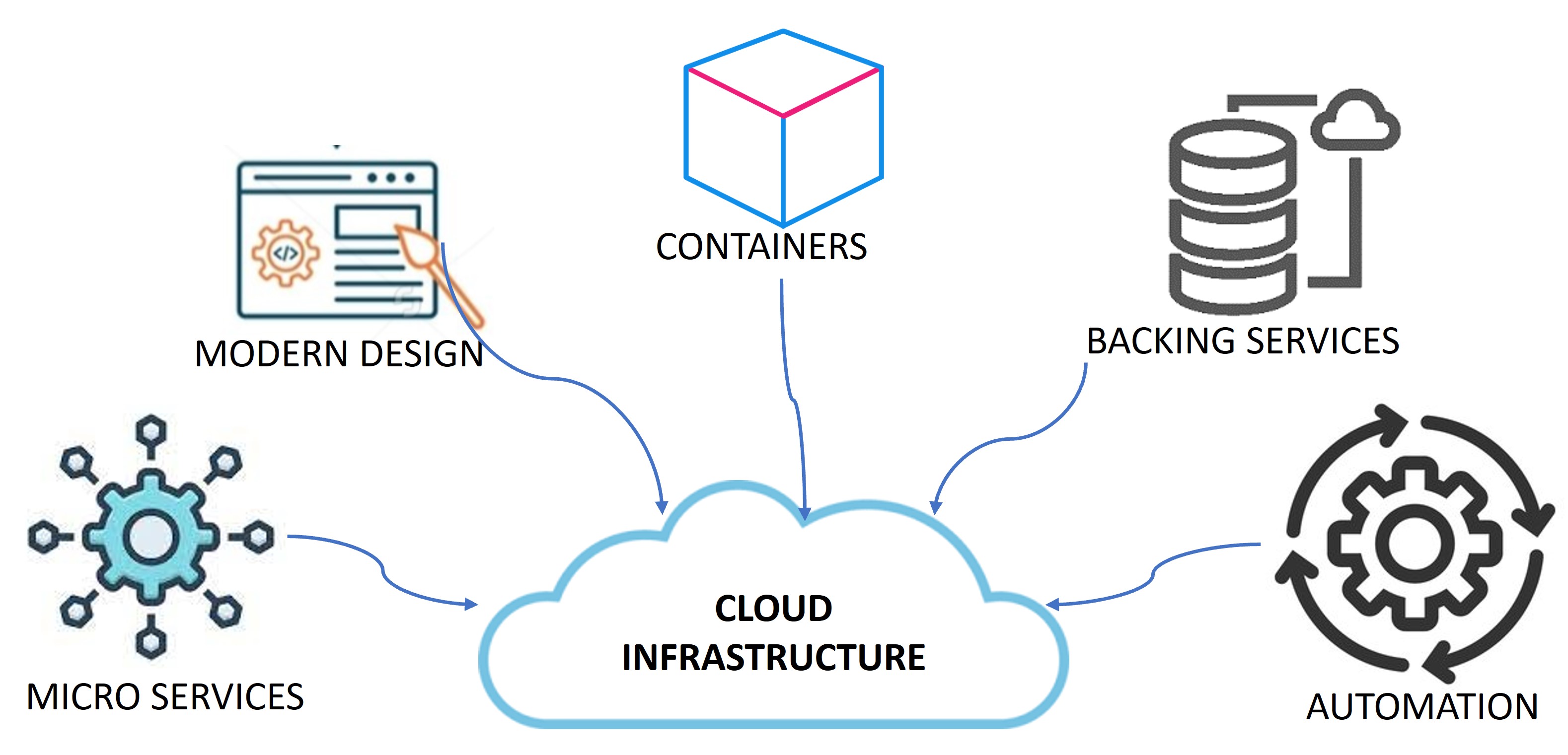
AI Automation Deployment at Scale
Deploying AI automation at scale requires a comprehensive strategy for fast, secure, and reliable deployment across diverse infrastructures, including containers, private and public clouds, middleware, and mainframes. The AIOps pipeline ensures a seamless developer experience, complying with industry regulations, while continuous deployment enables secure application rollout with swift rollback capabilities. This solution incorporates AI/ML analytics to predict and mitigate application failure risks, reducing costs and enhancing customer experience.
Consequently, the optimization focus is on reducing cycle time, enhancing efficiency through automation, and minimizing errors. Security considerations include role-based access controls, audit logs, parameterized configurations, robust secrets management, and anticipating deployment failures for automated rollbacks and efficient oversight.
AI Coding Assistants
AI coding assistants revolutionize software development by leveraging AI to streamline coding processes. These advanced tools offer multifaceted support to developers, enhancing both speed and accuracy in their coding endeavors. Key functionalities include:
- Code generation – Generate code snippets based on prompts or for providing intelligent suggestions for auto-completion as developers actively write their code.
- Debugging expertise – Troubleshoot and optimize code for improved functionality.
- Code review assistance – Assess and enhance the overall quality of the codebase.
- Productivity boost – Offer intelligent code recommendations that enable developers to work more efficiently and effectively, saving time and resources.

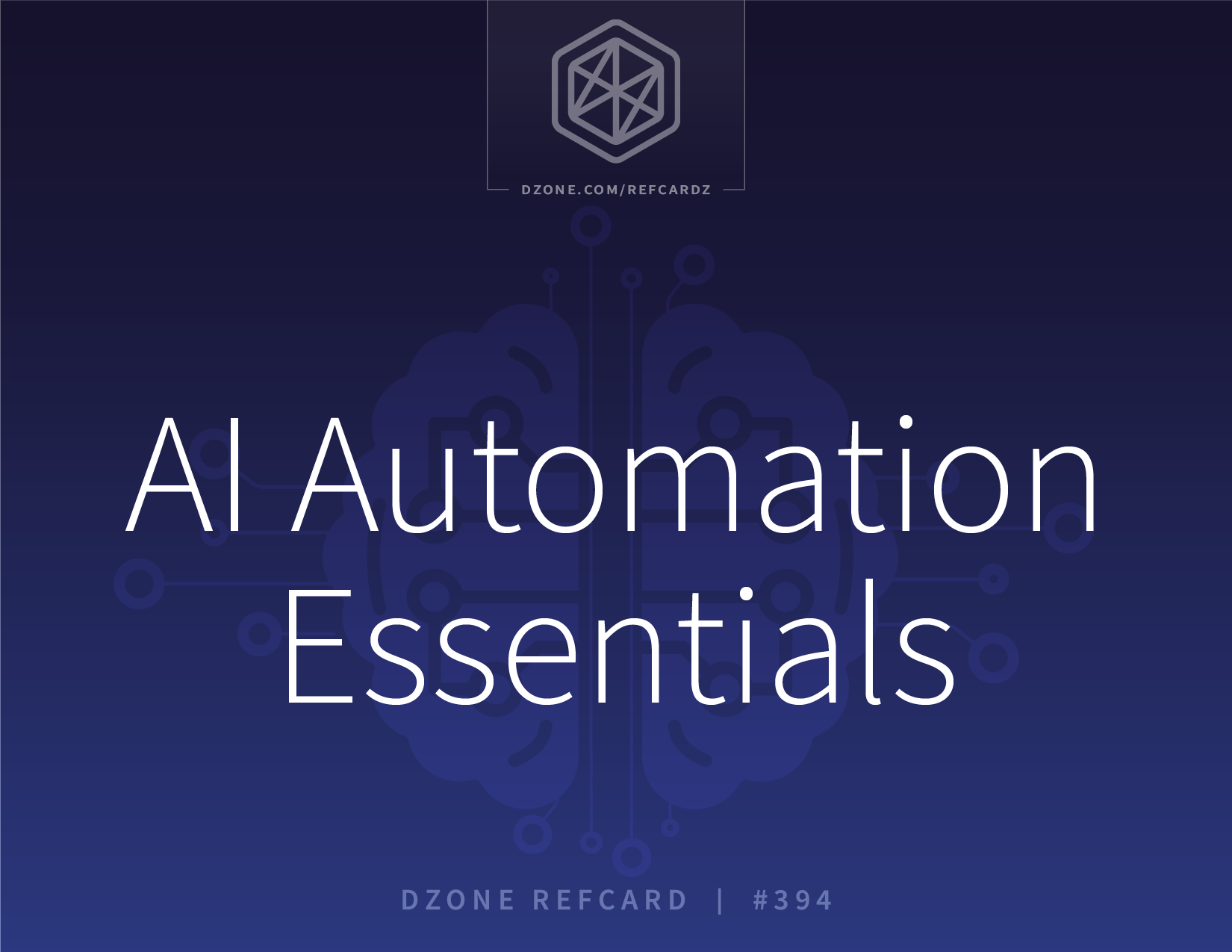

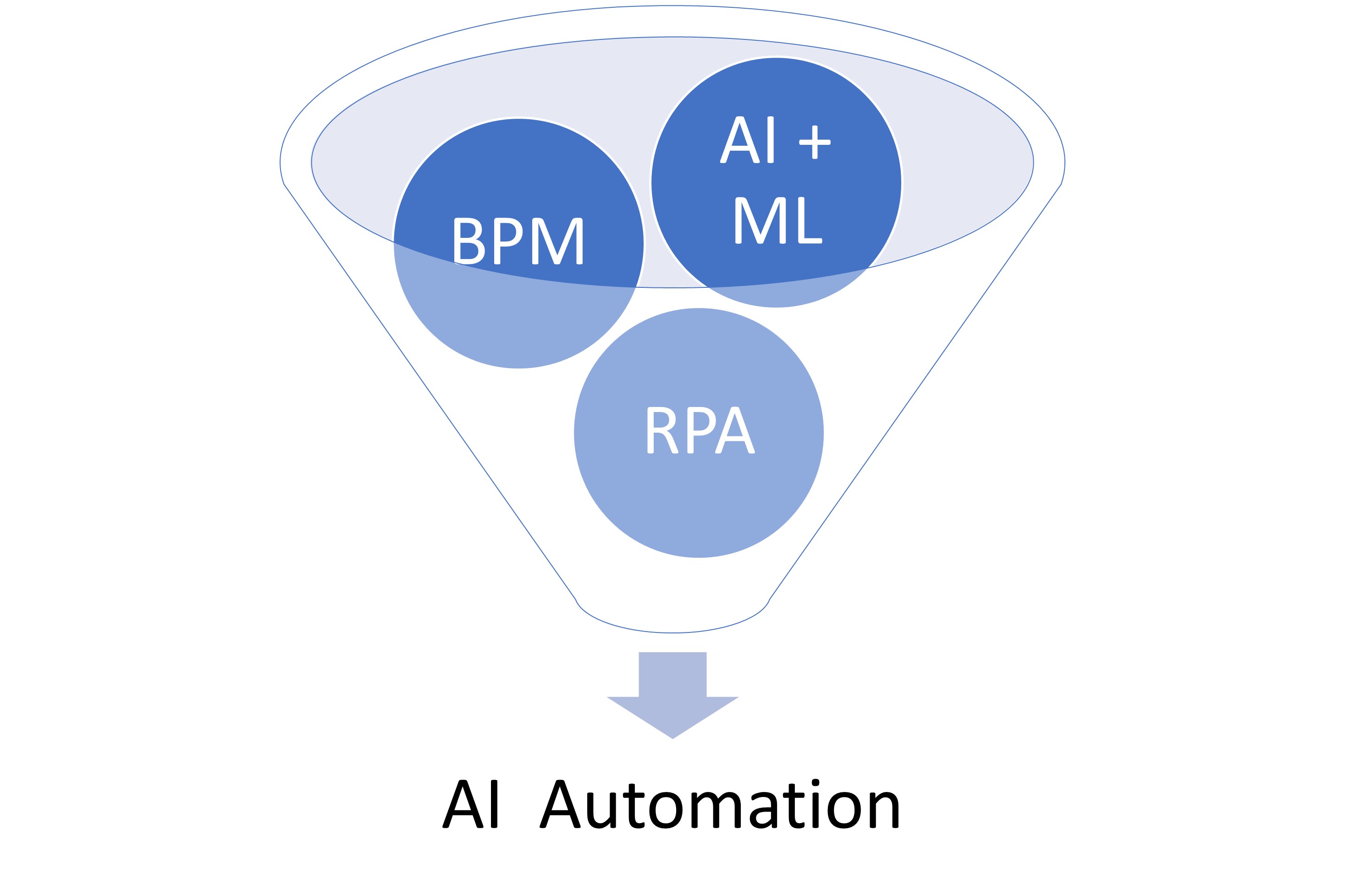



{{ parent.title || parent.header.title}}
{{ parent.tldr }}
{{ parent.linkDescription }}
{{ parent.urlSource.name }}